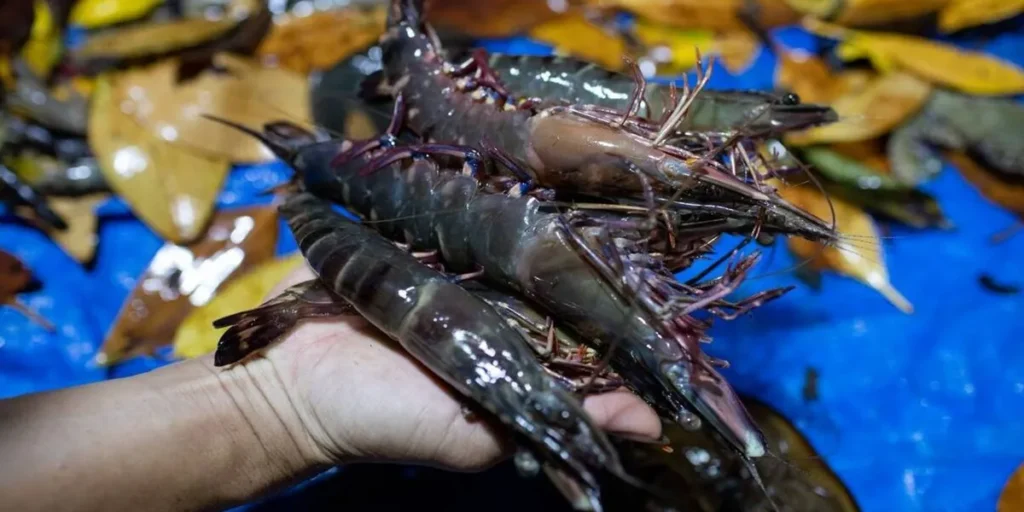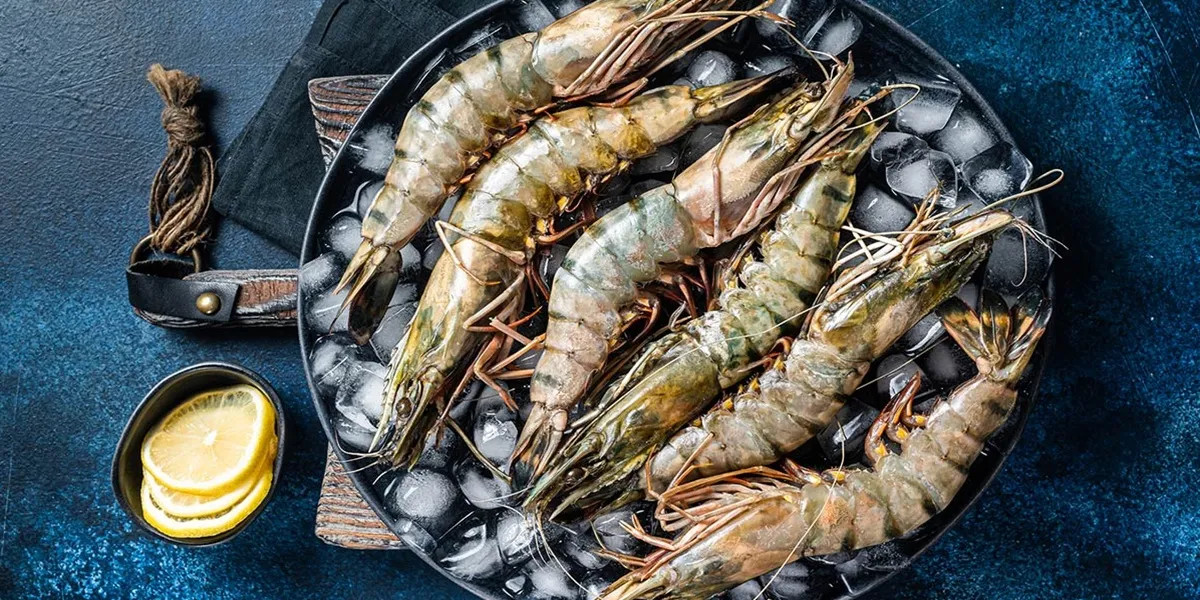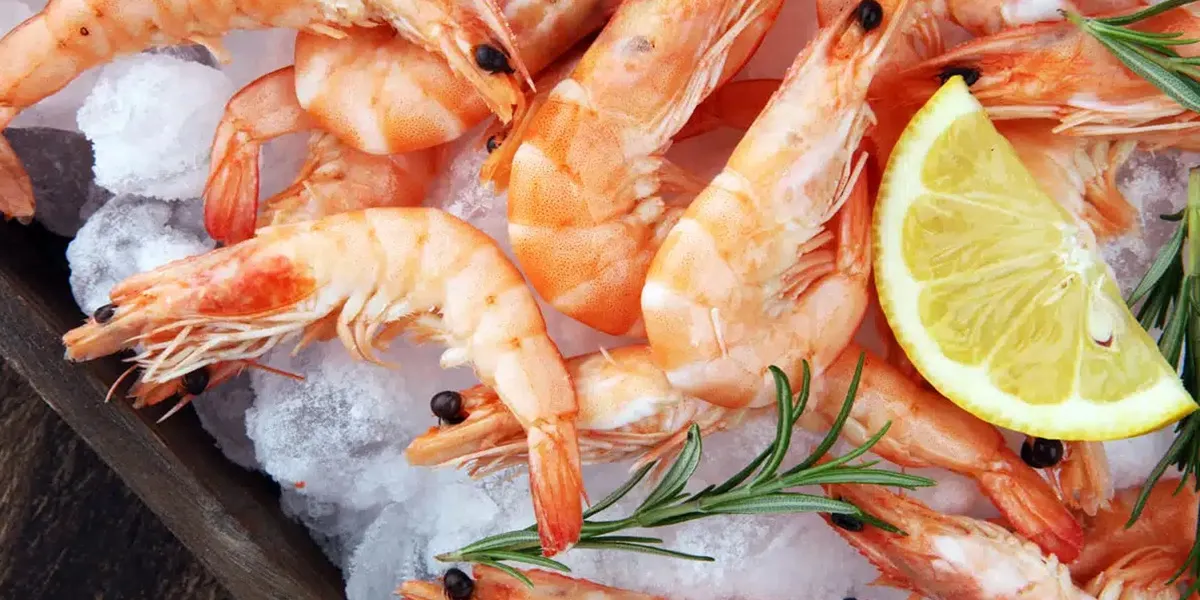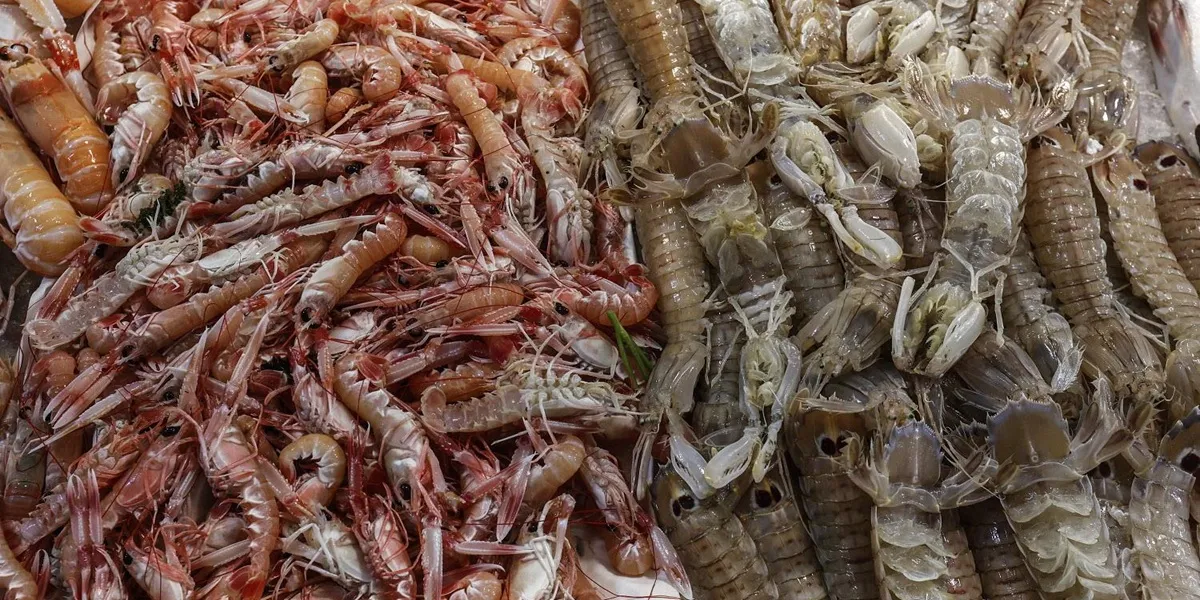Discover the Ocean’s Hidden Treasure: Shrimp, one of the most versatile and nutrient-rich seafood options, offers an impressive array of health benefits while being an essential ingredient in global cuisine. Beyond its delicate taste and culinary flexibility, shrimp is a powerhouse of protein, essential vitamins, and minerals that support overall health. Rich in omega-3 fatty acids, antioxidants, and key micronutrients like selenium and iodine, shrimp contributes to heart health, brain function, and immune support.
From tender, farmed varieties to wild-caught delicacies, each type of shrimp provides unique textures, flavors, and nutritional advantages. Whether grilled, steamed, or incorporated into complex recipes, shrimp remains a favorite choice for health-conscious individuals seeking both taste and wellness. Understanding the different types—such as white shrimp, tiger shrimp, and pink shrimp—can help you select the variety that best suits your dietary needs and culinary preferences. Dive deeper into the fascinating world of shrimp, explore its types, and uncover its many health-promoting properties by following this guide.
Global Shrimp Export Landscape: Current Trends and Challenges
The global shrimp export market has experienced significant shifts in recent years, influenced by various economic, environmental, and geopolitical factors. In 2024, the global shrimp market faced challenges such as climate change, disease outbreaks, and fluctuating demand from key markets like the U.S. and China. For instance, China’s shrimp imports declined due to a slowdown in its economy, impacting global trade dynamics. Conversely, countries like India and Vietnam saw growth in their shrimp exports, driven by increased demand and improved production practices. India, for example, recorded a 3% increase in shrimp exports in 2024, maintaining its position as a leading supplier in the global market.
Aquafeed
However, the industry also faced challenges such as labor abuses and environmental concerns, which have prompted calls for more sustainable and ethical practices in shrimp farming. Addressing these issues is crucial for the long-term viability and reputation of the global shrimp export market. As the industry continues to evolve, stakeholders must navigate these complexities to ensure sustainable growth and meet the demands of global consumers.
Key Supply Chain Challenges in Shrimp Exports
The shrimp export supply chain is intricate, encompassing various stages from farming to processing and distribution. One of the primary challenges is the risk of disease outbreaks, such as Early Mortality Syndrome (EMS), which can devastate shrimp populations and disrupt supply. Additionally, environmental factors like water quality and climate change can affect shrimp health and production rates. For example, rising sea temperatures and ocean acidification have been linked to decreased shrimp yields in certain regions.
PR Newswire
Labor issues also pose significant challenges. Reports have highlighted instances of forced labor and poor working conditions in shrimp farming operations, particularly in countries like Indonesia and India. These practices not only violate human rights but also risk damaging the industry’s reputation and access to key markets.
SeafoodSource
Furthermore, logistical challenges such as inadequate infrastructure, port congestion, and transportation delays can lead to spoilage and financial losses. These supply chain vulnerabilities underscore the need for comprehensive strategies to enhance resilience and ensure the ethical and efficient movement of shrimp from farm to table.

Strategic Solutions for Mitigating Supply Chain Risks
To address the multifaceted challenges in the shrimp export supply chain, several strategic solutions can be implemented. Enhancing biosecurity measures is paramount. This includes adopting practices like biofloc technology and recirculating aquaculture systems (RAS), which improve water quality and reduce disease transmission. For instance, RAS has been shown to increase shrimp survival rates and optimize resource use.
worldwideaquaculture.com
Improving labor conditions is another critical aspect. Implementing fair labor practices, providing proper training, and ensuring compliance with international labor standards can mitigate risks associated with exploitation and enhance the industry’s reputation. Countries like India are focusing on value addition and promoting good labor and environmental practices to meet the demands of high-end markets.
Reuters
Investing in infrastructure development is also essential. Upgrading processing facilities, expanding cold storage capacities, and improving transportation networks can reduce spoilage and ensure timely delivery to markets. These investments not only enhance efficiency but also contribute to the overall sustainability of the shrimp export sector.
Technological Innovations in Shrimp Farming and Processing
Advancements in technology are revolutionizing shrimp farming and processing, leading to increased efficiency and sustainability. Innovations such as automated feeding systems, real-time water quality monitoring, and genetic selection are enhancing productivity and reducing environmental impacts. For example, the use of Internet of Things (IoT) devices allows for precise control of water parameters, optimizing shrimp health and growth.
worldwideaquaculture.com
In processing, automation is streamlining operations. Technologies like robotic peeling and grading systems improve consistency and reduce labor costs. Additionally, the integration of artificial intelligence (AI) in supply chain management enables better demand forecasting and inventory control, minimizing waste and ensuring product availability.
worldaquacultureconference.com
Furthermore, sustainable practices are being incorporated into farming operations. Techniques such as integrated multi-trophic aquaculture (IMTA) and the use of probiotics are enhancing shrimp health while minimizing the use of chemicals and antibiotics. These technological innovations are not only improving the economic viability of shrimp farming but also aligning the industry with global sustainability goals.
Navigating Trade Policies and Tariffs
Navigating trade policies and tariffs is a critical aspect of managing a successful shrimp export business. Exporters must carefully monitor global regulations, import restrictions, and tariff structures in target markets to avoid disruptions. For instance, the introduction of high tariffs on certain seafood products, such as the U.S. imposing duties on Indian and Southeast Asian shrimp, can significantly impact market access and competitiveness. In addition, compliance with import standards related to food safety, labeling, and sustainability certifications is increasingly required. Advanced supply chain planning and diversification can help mitigate the effects of sudden policy changes.
Incorporating value-added products, such as shrimp combined with natural supplements like squid liver powder, can create niche offerings that appeal to health-conscious consumers, thus helping exporters maintain demand even under restrictive trade policies. Maintaining strong communication with regulatory authorities and keeping abreast of international trade developments ensures exporters can adjust strategies promptly. By strategically aligning product offerings with market expectations and regulatory requirements, shrimp exporters can sustain growth, optimize profitability, and strengthen their position in competitive global markets while minimizing exposure to tariffs and trade barriers.
Building Resilience Through Strategic Partnerships
Building resilience through strategic partnerships is essential for sustaining shrimp exports amid global uncertainties. Collaborating with key stakeholders, including logistics providers, technology companies, and certification agencies, enhances operational efficiency and supply chain stability. Strong partnerships allow for shared knowledge, access to advanced technologies, and improved risk management practices, ensuring smoother operations even during disruptions. For example, leveraging partnerships with processing companies or sustainability-focused organizations can help maintain product quality, adhere to international standards, and meet evolving consumer expectations. Exporters can also collaborate with innovative firms like pishvaholding, which specializes in integrating advanced aquaculture technologies and sustainable practices into the supply chain, providing a competitive advantage in both domestic and international markets
. Additionally, alliances with research institutions can foster the adoption of disease-resistant shrimp strains, eco-friendly farming practices, and data-driven production methods. Strategic collaborations also enable better access to cold storage, transportation networks, and market intelligence, reducing vulnerability to logistical and environmental risks. By cultivating robust partnerships, shrimp exporters can strengthen resilience, maintain reliability, and ensure long-term growth in an increasingly complex and competitive global market.
Case Studies: Successful Adaptations in the Shrimp Export Sector
Examining case studies of successful adaptations in the shrimp export sector provides valuable insights for industry stakeholders. Countries like Vietnam and Ecuador have implemented innovative approaches to maintain and expand their global market share despite challenges. Vietnam, for instance, shifted focus toward value-added products and advanced processing techniques, which allowed it to meet the high standards of international buyers and capture premium segments. Ecuador utilized cold storage solutions and optimized logistics to ensure a consistent supply of frozen shrimp, even during transportation disruptions and port delays. Similarly, India adopted stringent biosecurity measures and sustainable aquaculture practices, enhancing both shrimp quality and consumer confidence. These examples highlight the importance of integrating technology, sustainability, and supply chain optimization into operational strategies. Other successful adaptations include diversification of export destinations, implementing digital traceability systems, and introducing eco-friendly farming methods. By analyzing these case studies, exporters can identify strategies to mitigate risk, enhance product quality, and adapt to dynamic market conditions. Learning from proven approaches enables the shrimp industry to navigate regulatory challenges, optimize resource use, and maintain competitiveness in global markets.
Future Outlook: Trends Shaping the Global Shrimp Export Market
The future of the global shrimp export market is influenced by evolving consumer preferences, technological advancements, and environmental considerations. Sustainability is expected to become a key differentiator, with consumers prioritizing responsibly farmed and ethically sourced shrimp. Technological innovations, including automated farming systems, AI-based demand forecasting, and blockchain traceability, will enhance efficiency, product quality, and supply chain transparency. Disease management and biosecurity improvements will continue to be critical, ensuring consistent supply and reducing losses. Furthermore, the adoption of functional products and nutritional supplements, such as shrimp enriched with omega-3 or combined with ingredients like Squid liver powder, may attract health-conscious consumers and open new market segments.
Global trade dynamics, including tariff changes and shifting import regulations, will require exporters to remain agile and diversify their markets to maintain competitiveness. Collaborative initiatives between governments, industry associations, and technology providers will support sustainable growth, innovation, and resilience. Overall, the shrimp export sector is poised for transformation, driven by a combination of innovation, environmental responsibility, and market responsiveness, offering opportunities for proactive exporters to lead in quality, efficiency, and sustainability in the years ahead.
Unlocking the Health and Diversity of Shrimp: A Comprehensive Guide
Shrimp is far more than just a flavorful seafood option—it is a natural source of essential nutrients that promote overall health. Each type of shrimp, from wild-caught pink shrimp to farmed tiger shrimp, offers distinct characteristics that enhance both culinary experiences and nutritional intake. Packed with high-quality protein, beneficial omega-3 fatty acids, and vital minerals like selenium and iodine, shrimp supports heart, brain, and immune system health. Its versatility in cooking methods—from steaming and boiling to grilling and sautéing—makes it a practical addition to daily meals.
By exploring the diverse types and their specific benefits, you can make informed choices to maximize both taste and health advantages. Whether you are a home cook or a culinary professional, shrimp provides a combination of convenience, nutrition, and gourmet potential. Continue reading to fully understand the varieties, their nutritional profiles, and how to incorporate them into your diet for optimal wellness.



